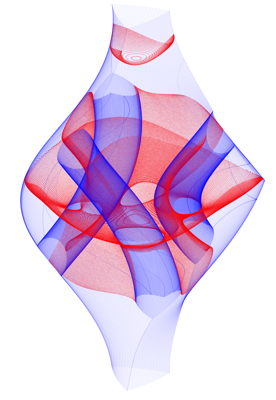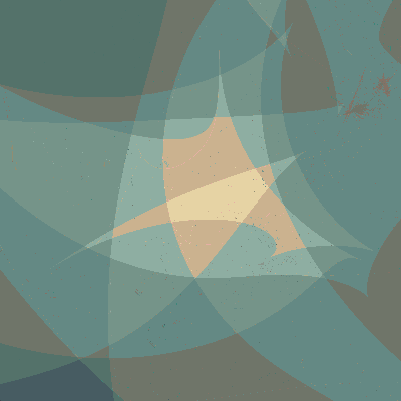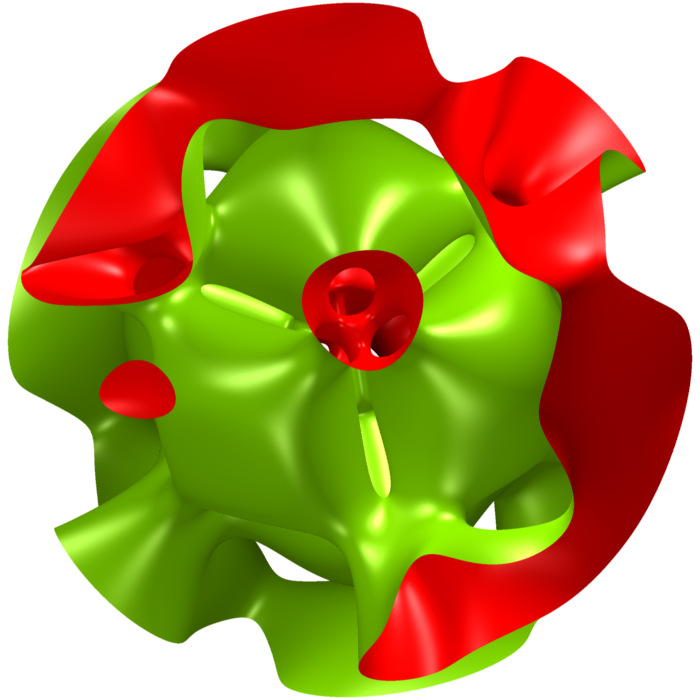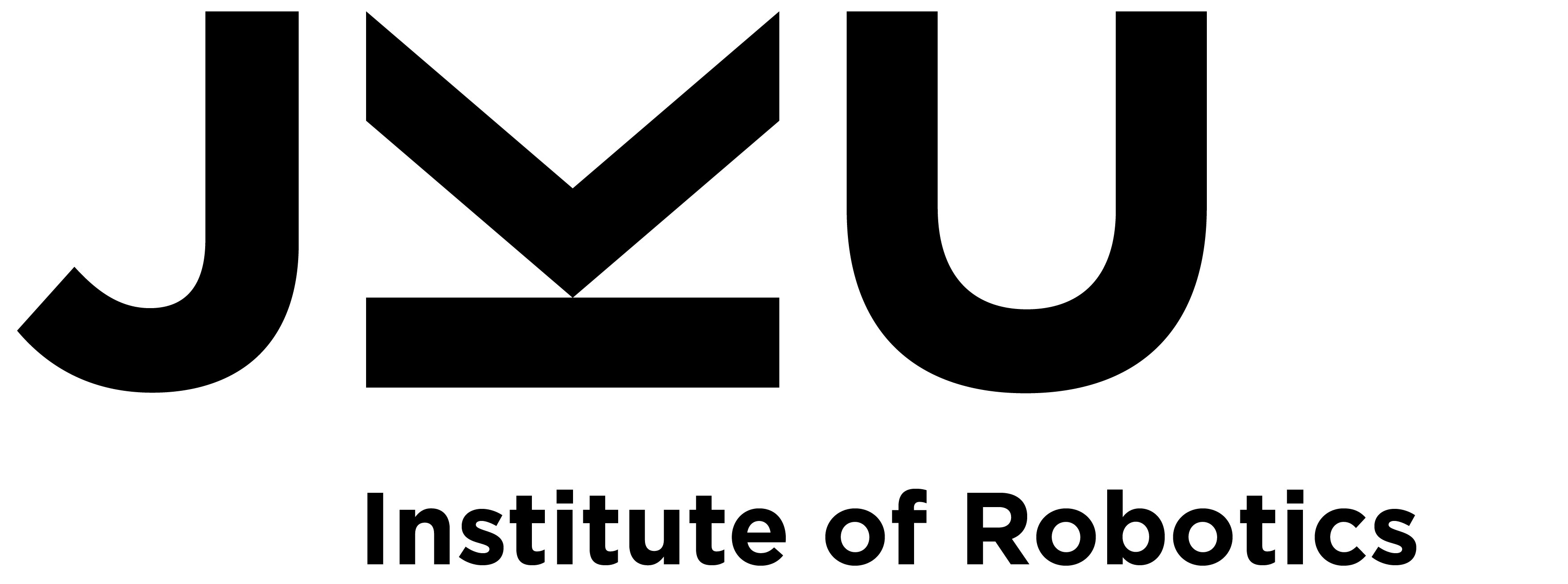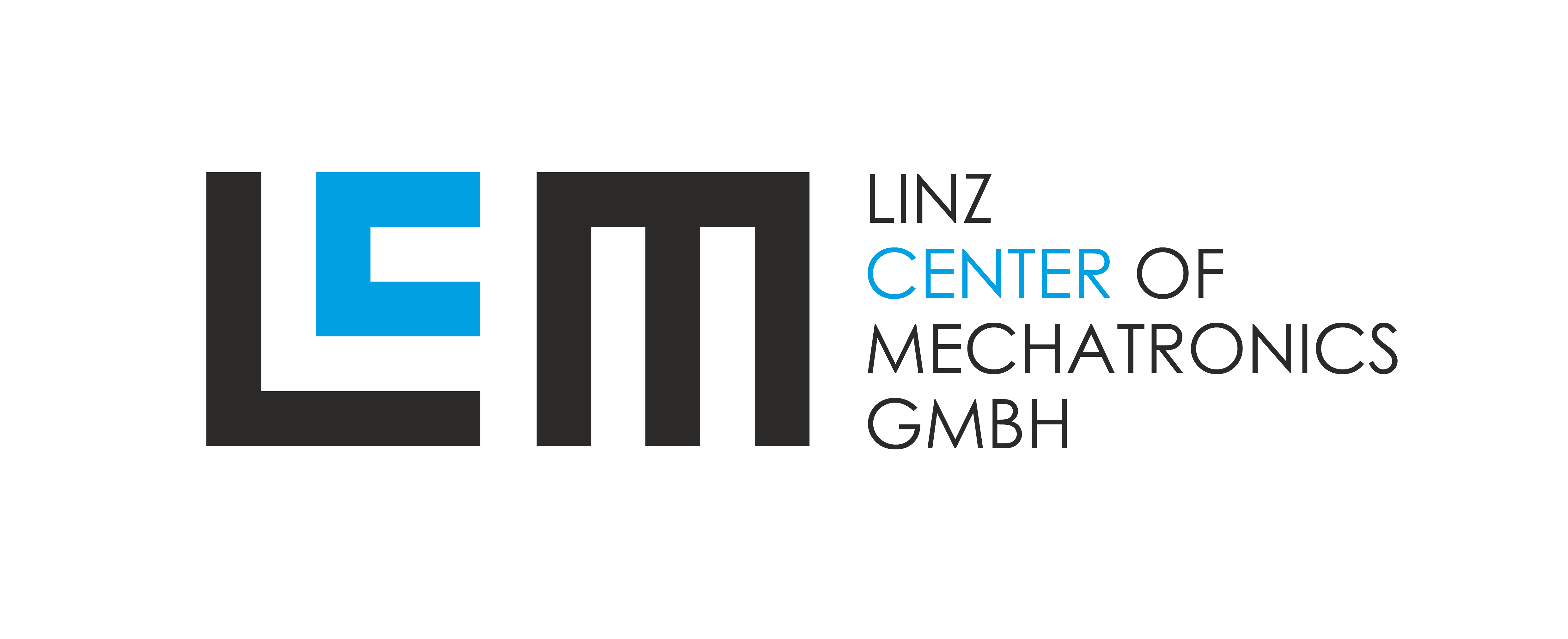- Definition: Given the importance of kinematic singularity and the vast literature on the subject it may be surprising that one rarely encounters a clear general definition of the phenomenon. To provide one is the course’s first objective: singularity is defined rigorously and in simple terms.
- Interpretation: Singularities are interpreted as silhouettes of configuration space when “seen” from the spaces of input or output coordinates of a mechanism. This provides a rich picture of singularities, and connects them to the notions of workspace boundary, workspace barrier, and reduced-dexterity locus. The interpretation allows one to visualise the various physical phenomena occurring at forward and inverse singularities.
- Classification: Numerous singularity classifications exist. Since singularity is defined via instantaneous kinematics, the most fundamental taxonomy describes the types of degeneracy of the forward and inverse velocity problems. Finer distinctions exist for specific mechanism types, e.g., the important constraint singularities of parallel manipulators. When non-instantaneous properties are considered, other distinctions arise, such as between cusp-like and fold-like singularities, or the existence of self-motions.
- Computation: One of the most practically-important problems of kinematic analysis is the explicit calculation of the singularity set. A general method using numerical partitioning of the ambient parameter space is outlined. Also, a powerful approach for formulating and solving symbolically the algebraic equations of the end-effector’s motion-pattern and singular-poses set is studied in detail.
- Avoidance: The course explores the possibility of a singularity-free workspace and the ability to escape from singularity, issues of major practical importance for the design of path planning algorithms and singularity consistent control schemes.
- Singularity-set and configuration-space topology: The singularity-free-connectivity properties of the configuration space are discussed, including the fascinating cuspidal manipulators, able to change posture while avoiding singularities. Related fundamental problems of genericity and configuration-space and singularity-set topology are explored. We examine the possibility of multiple operation modes, sometimes with strikingly different platform motion patterns, connected by constraint singularities.
- Mathematical tools and formalisms: The course is a hands-on introduction to the various analytical and computational tools for dealing with singularities. We explore screw-geometrical techniques and Lie-group-based local-analysis methods. Algebraic-geometry formulations combined with either symbolic computation or numerical methods (branch-and-prune, and continuation methods) are used. Topology and differential geometry provide the basis for the definitions and formulations throughout the course.
SIMERO 2019
Linz, 29 July to 2 August
3rd Summer School on Singularities
of Mechanisms and Robotic Manipulators
